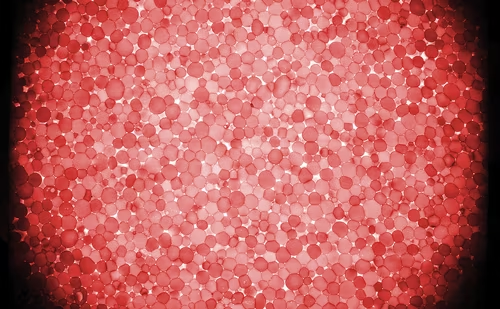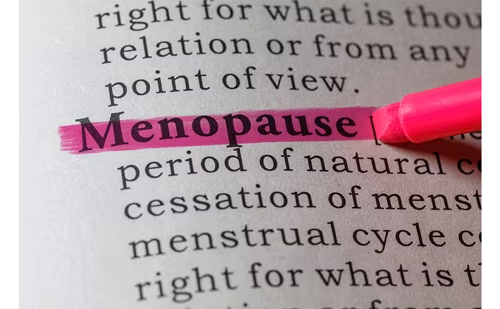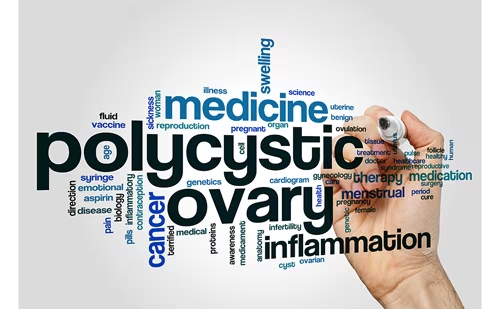Overview
Abstract
Sexual desire typically persists when men grow older although their ability to attain and maintain erections sufficient to permit satisfactory sexual intercourse gradually declines. Decreasing erectile quality is a common age-related problem affecting the lives of both men and their partners. Lifestyle plays an important role in the onset of erectile quality problems, and timely improvements such as a healthier diet and exercise may significantly slow the progression to erectile dysfunction with increasing age. Essentially, all cardiovascular risk factors – including hypertension, dyslipidaemia, hyperglycaemia, obesity and cigarette smoking – impair endothelial function, which in turn directly translates into declining erectile function. In this regard a man’s penis does indeed represent a barometer indicating his cardiovascular health status. Once endothelial function has declined to a point where its restoration is not feasible, pharmacological interventions with phosphodiesterase-5 (PDE5) inhibitors may temporarily bypass physiological processes so that affected men may still enjoy sexual intercourse. A timely intervention that helps to restore endothelial function will have the advantage of preserving a man’s ability to spontaneously respond to sexual arousal. Prelox®, a patented complex formulation consisting of Pycnogenol® and L-arginine aspartate, has been demonstrated in four clinical trials to naturally restore healthy erectile quality in men presenting with moderate erectile problems. Pycnogenol, a key component of Prelox, was shown in human pharmacological studies to act as a catalyst on endothelial nitric oxide (NO) synthase for amplified synthesis of NO, the initial mediator for triggering an erection. Its combination with the enzyme’s substrate, L-arginine, synergistically increases synthesis of NO, the key component involved in vasodilatation for improved blood flow to engorge the penis. According to reviewed clinical trials, Prelox will help men with moderate erectile problems to regain healthy erectile function, greater confidence to initiate and sustain erections and more frequent morning erections. As a result of higher intercourse frequency, men taking Prelox developed significantly higher plasma testosterone values. Prelox is a safe, well-tolerated and efficacious treatment for mild to moderate cases of declining erectile quality.
Keywords
Erectile dysfunction, Prelox, L-arginine, erection problems, endothelial health
Disclosure: The author has no conflicts of interest to declare.
Received: 25 May 2009 Accepted: 21 July 2009
Correspondence: Steven Lamm, New York University School of Medicine, 550 First Avenue, New York, NY 10016, US. E: SL10@nyu.edu
During the past two decades there has been a dramatic increase in our understanding of the physiology of an erection, as well as of the pathophysiology involved in the decline of erectile function. Men may suffer from erectile dysfunction (ED) as a result of psychogenic factors, such as performance anxiety. Less common are endocrinological influences resulting from cases of hypogonadism or hyperprolactinaemia.
During the past two decades there has been a dramatic increase in our understanding of the physiology of an erection, as well as of the pathophysiology involved in the decline of erectile function. Men may suffer from erectile dysfunction (ED) as a result of psychogenic factors, such as performance anxiety. Less common are endocrinological influences resulting from cases of hypogonadism or hyperprolactinaemia.
Observational and epidemiological evidence in recent years has increasingly demonstrated a link between ED and typical cardiovascular risk factors. Vasculopathy is now recognised as the most common cause of organic ED. The role of the vascular system is noteworthy as it is today generally accepted that impaired erectile function results from disturbances of the vascular endothelium. This impairment of endothelial function typically develops from vasculopathies such as hypertension, dyslipidaemia, hyperglycaemia and cigarette smoking.1 Indeed, ED is considered one of the earliest manifestations of vascular disease. This fact has led authors to consider the penis as a ‘barometer’ indicating endothelial health status.2 A man presenting with impaired erectile function will be suspected of vasculopathy until proved otherwise. Attempts at a healthier lifestyle involving diet, exercise, suitable supplements and stress reduction have been argued to preserve healthy sexual function and even improve erectile quality.3 Decreasing erectile quality with increasing age is not a fate men have to live with. From the point of gradual declining erectile quality to the stage where prescribed medication is required for compensation of insufficient physiological function is a long stretch.
To read full article please click here.







